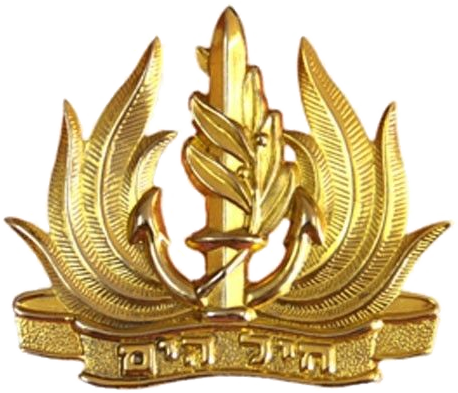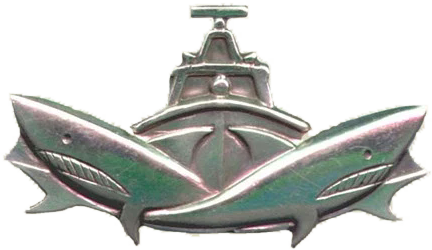FBI Bombshell: Far-Left U.S. Radicals Colluding With ISIS, Clarion Project, October 30, 2017
 An anti-fascist protester in France demonstrates against labor reforms (Photo: LOIC VENANCE/AFP/Getty Images)
An anti-fascist protester in France demonstrates against labor reforms (Photo: LOIC VENANCE/AFP/Getty Images)
“The FBI is really playing catchup ball, because the Obama administration refused to give the bureau the resources it needed to effectively infiltrate and surveil the radical groups on college campuses …
“Any talk of a connection between radical Islam—a phrase the Obama people wouldn’t even use—and American extremists was pretty much laughed off. [Former Attorney General] Loretta Lynch would have blown a gasket if she heard that the FBI was surveilling so-called college political organizations.
“All that has changed under the Trump administration. Everyone’s aware that the resistance movement, with its effort to get rid of Trump by any means necessary, has created fertile soil for ISIS and al-Qaeda to establish a beachhead in America.”
*************************************
A new book by a former editor in chief of The New York Times Magazine and best-selling author reveals for the first time an FBI field report about the collusion between American anti-Trump radicals and foreign ISIS/al-Qaeda operatives.
In his latest book, All Out War: The Plot to Destroy Trump, set to be released today, Edward Klein reveals to the public findings from an FBI investigation into the shocking ties between far-left radicals in America and Islamist extremists.
The FBI report was delivered to Acting Director Andrew McCabe on July 11, 2017. While certain names have been redacted, Klein reveals how the FBI followed a group of Americans anarchists/radicals who traveled to Germany to join their German counterpart Antifaschistische Aktion to protest Trump’s attendance at a meeting of G20 leaders and central bank governors.
Evidence gathered from a variety of intelligence sources showed the Americans took part in the violence there. “There is also evidence of meetings between these individuals and associates of ISIS…Making some sort of common cause with Americans who are determined to commit violence against the U.S. makes them potentially very useful to radical Islam,” writes Klein based on the report.
Klein notes that the FBI paid particular attention to a group of anarchists from Oakland, sister city to Berkeley, California, site of the campus of University of California at Berkeley and the scene of several violent protests.
“Now that the bureau has determined [ISIS/al-Qaeda] have followers in the radical U.S. resistance movement in the United States, it is clear there will be additional violence in the attacks on law enforcement and U.S. institutions, including banks,” he writes.
In an article written for the Daily Mail, Klein continues:
“Ties between three key leaders of the Oakland group [names redacted] met in Hamburg with a leader of the AQAP [Al Qaeda in the Arabian Peninsula] and the AQIM [Al Qaeda in the Islamic Maghreb], the report continued.
“The leader from AQAP is an Egyptian-born male [name redacted] who is known to be in charge of finances and recruiting for the group. There is evidence from informants that he is helping the Oakland group acquire the weapons they are seeking, primarily bomb-making equipment and toxic chemicals and gasses.
“One of the men from Oakland traveled to Syria to meet with ISIS; the purpose was for training in tactics, but was thought to be primarily a bonding visit to discuss possible massive disruptive attacks in the U.S.
“While in Hamburg, several of the Oakland-based criminals were photographed throwing Molotov cocktails and wielding iron bars, which have been their weapons of choice, though they are almost certainly on the verge of upping the caliber of their weaponry for use in the U.S.”
Klein notes, “Despite having their faces covered by masks, they were positively identified.”
Previous FBI Director James Comey also “collected intelligence on the connections between Middle Eastern jihadis, European radicals, and the American anarchists who are part of the anti-Trump ‘resistance’ movement,” writes Klein, quoting an an FBI source who had access to Comey’s intelligence reports.
The American anarchists communicate with the Islamic State and other terrorist organizations online on a variety of websites, on which they also find instructions how to make bombs.
Tellingly, Klein notes,
“As the Trump administration has demonstrated it’s serious about destroying the Islamic State, and depriving ISIS of territory in Iraq and Syria, the alliance between the American radicals and ISIS has grown even closer. The Internet chatter between the Americans and the Islamists is astronomical.
“The FBI is really playing catchup ball, because the Obama administration refused to give the bureau the resources it needed to effectively infiltrate and surveil the radical groups on college campuses …
“Any talk of a connection between radical Islam—a phrase the Obama people wouldn’t even use—and American extremists was pretty much laughed off. [Former Attorney General] Loretta Lynch would have blown a gasket if she heard that the FBI was surveilling so-called college political organizations.
“All that has changed under the Trump administration. Everyone’s aware that the resistance movement, with its effort to get rid of Trump by any means necessary, has created fertile soil for ISIS and al-Qaeda to establish a beachhead in America.”







Recent Comments